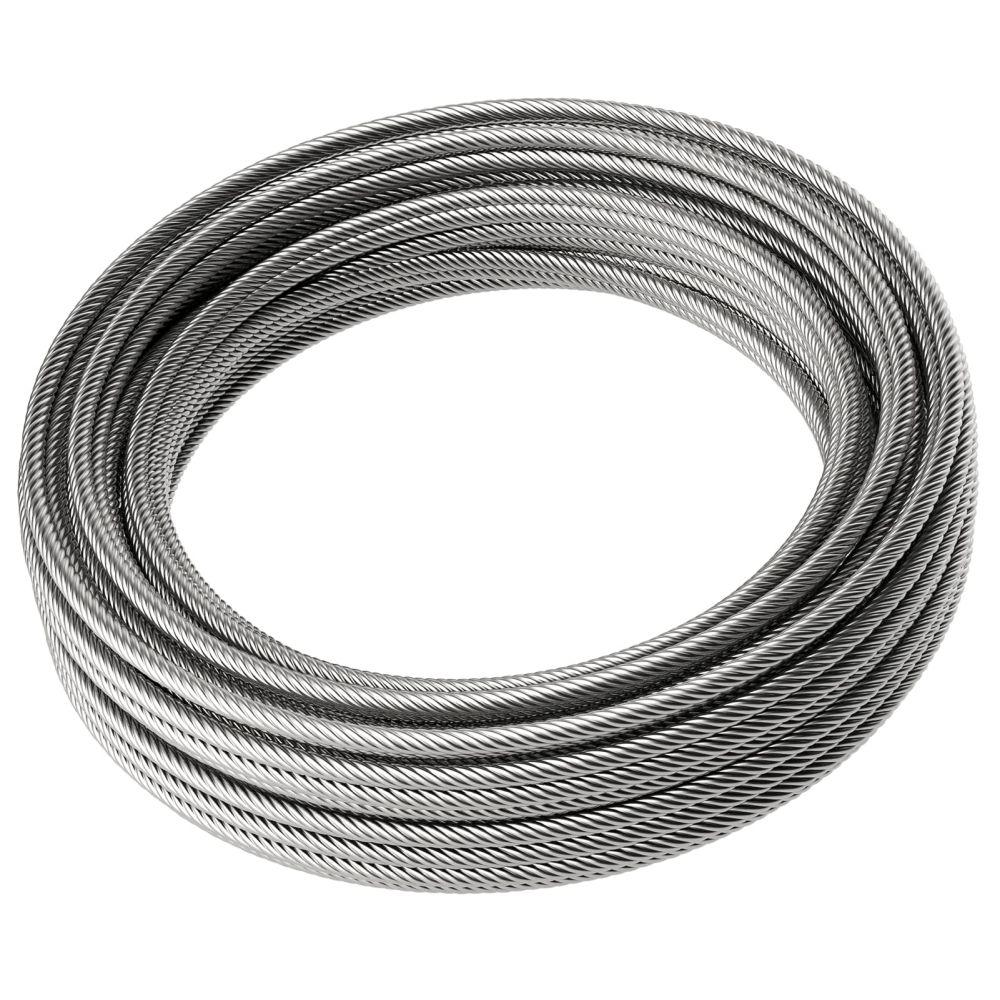
Stainless wire ropes are vital for their strength and corrosion resistance. Blogs offer insights for professionals and DIY enthusiasts on their uses and benefits. Here’s what you can typically expect to find in these blogs:
The manufacturing process of 6×19 wire rope starts with the careful selection of raw materials. Steel, chosen for its inherent strength and durability, is the primary material used. This steel is sourced from reputable suppliers to ensure it meets stringent specifications for the wire rope’s intended uses. The quality of the raw steel is crucial, as it directly impacts the performance and longevity of the finished wire rope.
Once the steel is sourced, it is prepared for the manufacturing process. This preparation includes cutting the steel into manageable pieces, which are then heated and shaped into wire rods. These wire rods are cooled and straightened to ensure they are free from defects and ready for the next stage of production. Proper preparation is essential for achieving the desired strength and quality in the final wire rope.
The next step involves stranding the wire rods to form the wire rope’s core components. In this process, multiple wire rods are twisted together to create strands. The 6×19 wire rope features six strands, each composed of 19 individual wires. The specific pattern of stranding, known as the lay, is crucial for balancing strength and flexibility in the wire rope.
Following the formation of strands, the next process is laying them together to create the final wire rope structure. This involves binding the strands with a core wire, which provides additional strength and structural integrity. The core wire can be made from various materials, including galvanized steel or stainless steel, depending on the application’s requirements. This step ensures that the strands are securely held together and that the wire rope achieves its desired properties.
Once the strands are laid together, the wire rope undergoes a drawing process. This step involves pulling the wire rope through a series of dies to refine its shape and enhance its strength and flexibility. Drawing also removes any imperfections and ensures that the wire rope meets strict quality standards. This stage is critical for achieving the final characteristics of the wire rope.
After drawing, the wire rope is subjected to rigorous inspection and testing. This involves both visual checks and the use of specialized equipment to assess the rope’s strength and durability. Any wire ropes that do not meet the required standards are either rejected for further processing or recycled. Thorough inspection ensures that only high-quality wire ropes are available for use in various applications.
The final step in the manufacturing process is applying a protective coating to the wire rope. This coating, which can be done through methods such as galvanizing or applying a plastic or rubber layer, protects the wire rope from corrosion and extends its lifespan. The choice of coating depends on the specific environmental conditions in which the wire rope will be used.
The manufacturing process of 6×19 wire rope is a detailed and sophisticated procedure that ensures the production of a high-quality product. From selecting the right materials to the final coating, each stage of the process is designed to create a wire rope that is strong, durable, and versatile for a range of industrial applications. Understanding this manufacturing process highlights the complexity and precision involved in producing the 6×19 wire rope and underscores its significance in various sectors.
Stainless wire ropes are vital for their strength and corrosion resistance. Blogs offer insights for professionals and DIY enthusiasts on their uses and benefits. Here’s what you can typically expect to find in these blogs: